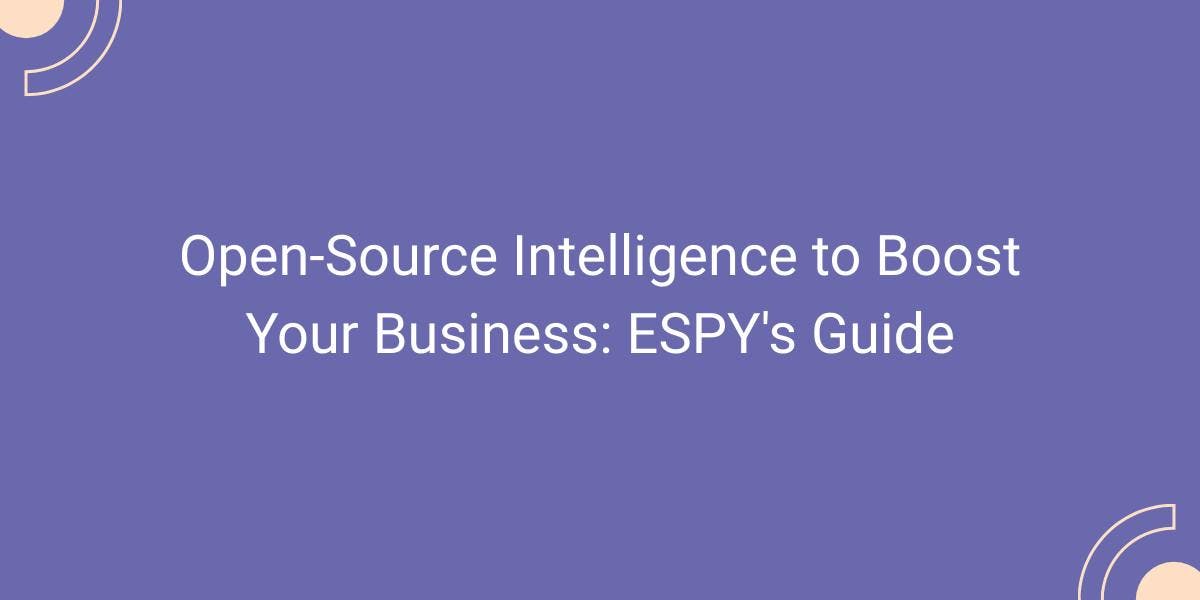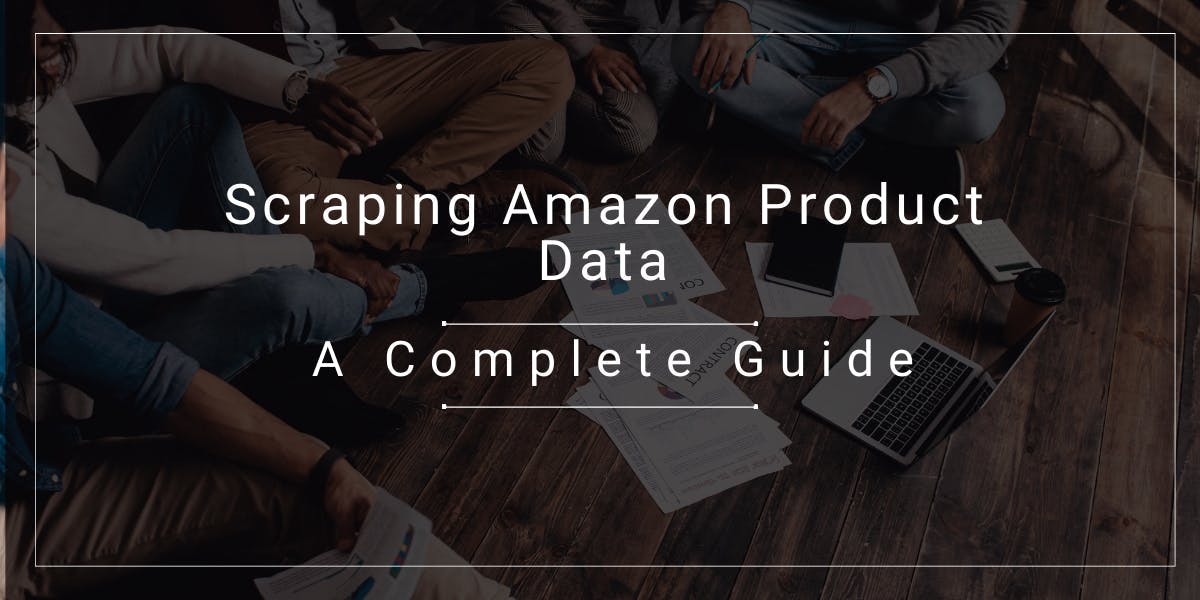Using Data for Competitive Advantage
Flipnode on Apr 27 2023

Just like human resources and physical assets, incorporating big data into business operations is crucial. Access to exclusive customer data can allow companies to adjust their business strategy and gain an edge over competitors.
In this article, we will elaborate on why businesses should perceive data as a competitive advantage and explore various ways to leverage it for differentiation.
Why data is considered a competitive advantage
The utilization of big data is widely acknowledged as a superior means of surpassing competition in various industries, and this is for a multitude of reasons. Primarily, big data empowers businesses to develop data-driven strategies, thus enabling informed decisions to be made instead of relying on intuition. Furthermore, by utilizing vast data sets, companies can stay up to date with industry trends. Finally, big data facilitates the introduction of real-time product adjustments and the actualization of theoretical concepts.
How is data classified?
Large volumes of data stored by companies are typically divided into four or five categories based on data sensitivity. Below is an explanation of each category:
- Public data is information that can be freely accessed, read, stored, and shared by anyone.
- Private data is typically protected with a password or fingerprint.
- Proprietary data is owned by an organization or company and can only be accessed by its members. Business plans, internal emails, budget spreadsheets, and other types of internal proprietary data are common.
- Confidential data can only be accessed by specific individuals within a company, and it is usually secured with a specialized password. Social security numbers, health records, financial data, credit card numbers, and other sensitive information fall into this category.
- Restricted data is the most sensitive type of information that can only be accessed by a few individuals. This data is encrypted and requires multi-factor authentication to access. Examples of restricted data include federal tax information and protected health records.
Different ways to utilize data for competitive advantage
Let's now explore various approaches that businesses can utilize big data to gain a competitive advantage.
Make data-based decisions
Large-scale data provides evidence-driven decisions for companies, replacing guesswork with informed choices. Early adopters of high-volume customer data analysis, such as the healthcare industry, have uncovered the benefits and risks of widely-prescribed pharmaceuticals that were not evident during clinical trials.
Products embedded with sensors, like children's toys, provide real-life usage data to inform product design adjustments. Accessing and analyzing data across all departments improves decision-making processes and eliminates risks. Walmart's Data Café processes and stores large amounts of internal and external data, providing valuable insights into business issues.
For example, when Walmart's team could not figure out why sales in a particular category suddenly dropped, they used Data Café to discover that the products were listed at a higher price than the actual one.
Take a chance to innovate
In addition, big data provides companies with the ability to detect market trends and discover untapped growth prospects. Through analyzing vast amounts of data, including their own and their competitors, businesses can identify areas where competitors are lacking and seize new opportunities.
Furthermore, big data creates room for novel business categories, particularly for B2B companies that provide data analysis services. These companies can access large datasets that expose insights into products, services, and customer behavior.
Introduce real-time changes
The availability of high-frequency data enables companies to take immediate action as and when required. Unlike earlier times, when companies could only estimate consumer confidence in hindsight, analyzing large volumes of unique customer data today allows companies to respond quickly. Additionally, they can experiment with their theories and observe real-time outcomes.
Produce personalized content
By delving into customer data, companies can uncover customers' desires even before the customers become aware of them. By doing so, they can tailor their campaigns to specific target audiences and offer personalized recommendations that directly address their customers' requirements.
McDonald's is an example of a company that adheres to this approach. In certain restaurants, the company employs devices that track customer interactions, and gather data on ordering habits, and other factors. This data is then analyzed to determine the impact of menu changes, restaurant layout, and employee training programs.
The challenges of data collection
Gaining a competitive advantage requires large amounts of data, but acquiring public data in a scalable manner presents challenges. Let’s examine the common obstacles associated with web scraping:
- Ensuring data quality. Scraping large volumes of data or different data types can make it difficult to maintain data quality. Moreover, when scraping data from various sources, it is harder to keep high-quality data because different sources may provide different results for the same data. Consequently, your tool must deliver accurate and real-time search results.
- Layout changes. Websites have different layouts that can cause scraping tools to break or not detect the correct information. Therefore, your scraper must adapt to various layouts.
- IP blocks and CAPTCHA. Websites use anti-bot measures like IP bans or CAPTCHAs to prevent suspicious activity. For example, if a website detects a large number of requests originating from the same IP address, it may ban it. Thus, your scraping tool must rotate between multiple IPs.
Scraping is often accompanied by the challenge of completing CAPTCHA tests. These tests require you to prove that you are a human, not a bot, by selecting certain images or completing other tasks. To minimize the frequency of receiving CAPTCHAs, it is best to simulate human behavior while scraping.
- Unreliable tools and a lack of knowledge. To maintain a scalable approach to data collection, companies need access to resources and expertise. If a business is embarking on its first web scraping project, it requires a team member with professional scraping skills.
Choosing a reliable solution is also crucial to ensuring a smooth web scraping process and obtaining high-quality data.
Conclusion
In today’s market, where some sectors are saturated, businesses must discover innovative ways to surpass their competitors. By leveraging big data, companies can make quick, informed decisions based on evidence, which can help them differentiate themselves from the competition.



